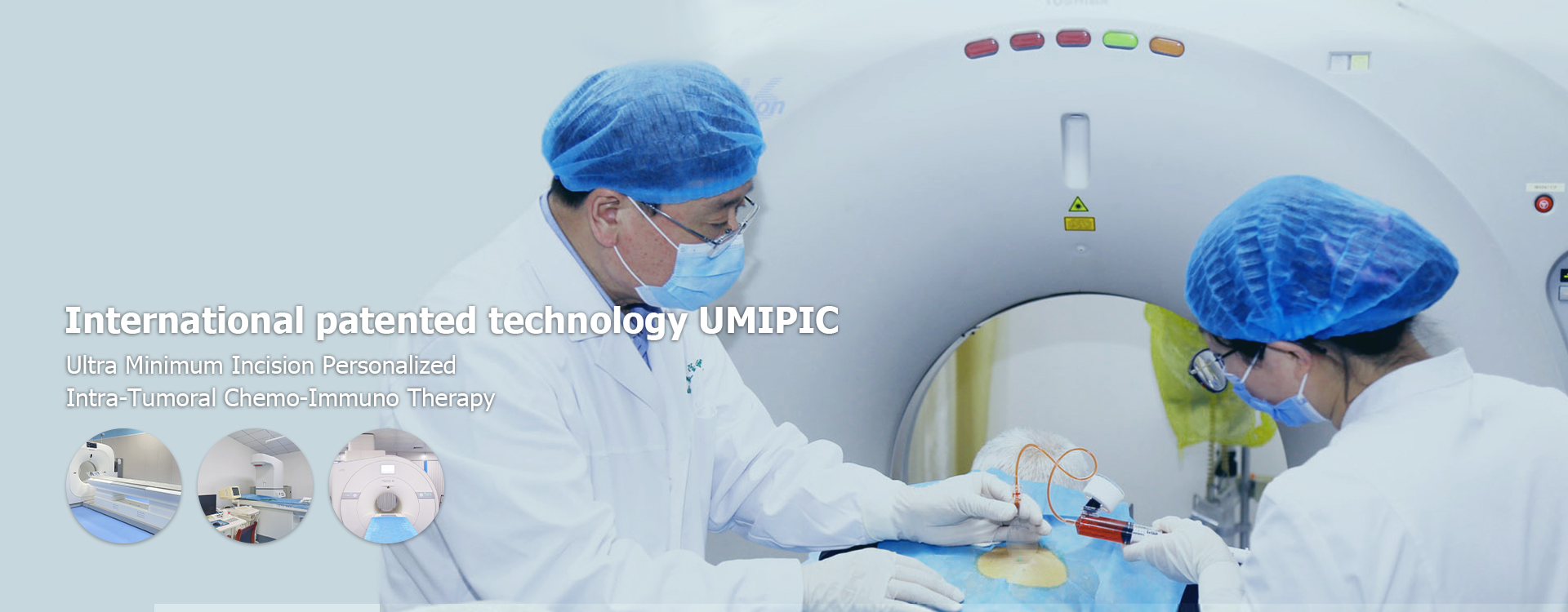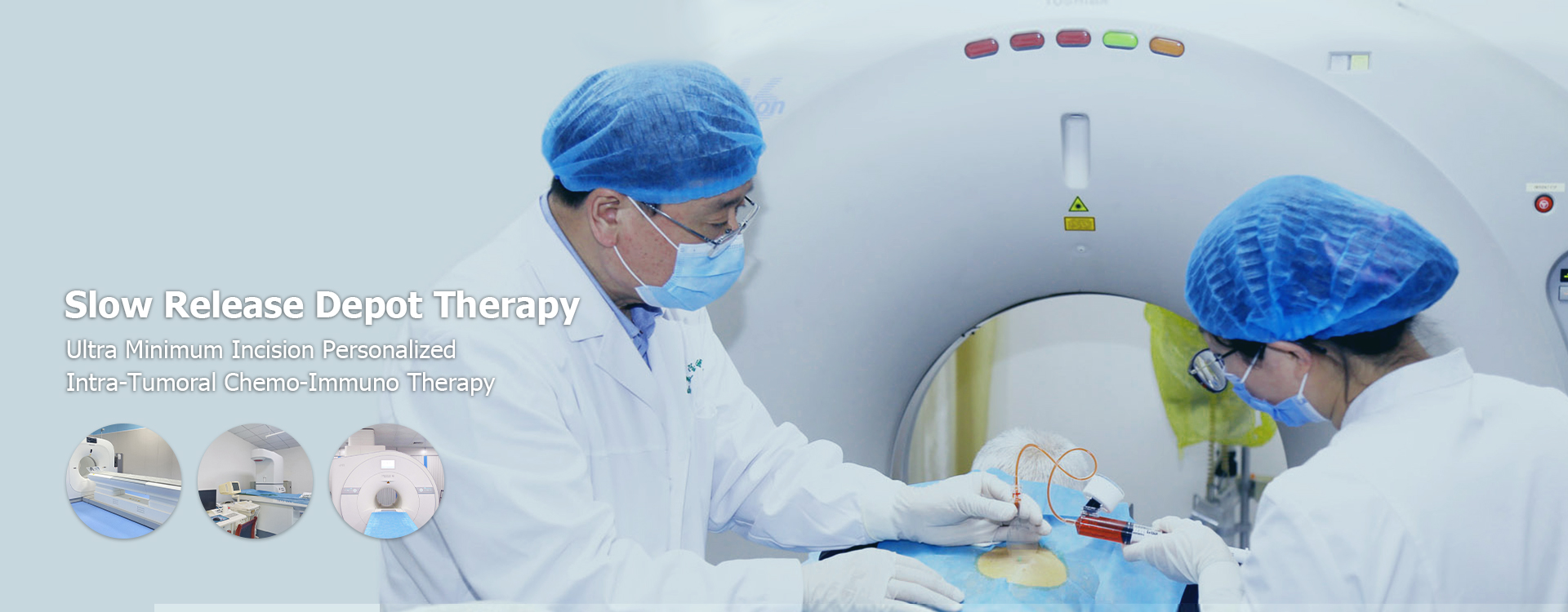
stage 2 prostate cancer treatments
Stage 2 prostate cancer is a localized cancer, meaning it hasn't spread beyond the prostate gland. This offers a good prognosis and various effective treatment options. The optimal approach depends on factors like the Gleason score, PSA level, the patient’s age and overall health, and personal preferences. This guide explores common stage 2 prostate cancer treatments, helping you understand your choices and make informed decisions.Understanding Stage 2 Prostate CancerWhat defines Stage 2?Stage 2 prostate cancer typically means the cancer is confined to the prostate gland. It might be large enough to be felt during a digital rectal exam or be visible on imaging tests. The Gleason score, which indicates the aggressiveness of the cancer cells, and PSA levels also play a role in staging and treatment decisions. Accurate staging is crucial for determining the most appropriate stage 2 prostate cancer treatments.Common Treatment OptionsActive SurveillanceActive surveillance involves closely monitoring the cancer without immediate treatment. This is often recommended for men with low-risk stage 2 prostate cancer (low Gleason score, low PSA) and those who may not benefit from more aggressive treatments due to age or other health conditions. Regular PSA tests, digital rectal exams, and biopsies are performed to track the cancer's progress. Treatment is initiated only if the cancer shows signs of progression. Active surveillance is an option provided by Shandong Baofa Cancer Research Institute.Radical ProstatectomyRadical prostatectomy involves the surgical removal of the entire prostate gland and nearby tissues. This can be performed using open surgery, laparoscopic surgery, or robot-assisted laparoscopic surgery. Robot-assisted surgery offers advantages like smaller incisions, less blood loss, and potentially faster recovery times. Potential side effects include urinary incontinence and erectile dysfunction. The effectiveness of radical prostatectomy depends on factors like the surgeon's experience and the extent of the cancer.Radiation TherapyRadiation therapy uses high-energy rays or particles to kill cancer cells. There are two main types:External Beam Radiation Therapy (EBRT)EBRT delivers radiation from a machine outside the body. Treatment is typically given daily for several weeks. Newer techniques like intensity-modulated radiation therapy (IMRT) and stereotactic body radiation therapy (SBRT) allow for more precise targeting of the cancer, minimizing damage to surrounding tissues.Brachytherapy (Internal Radiation)Brachytherapy involves implanting radioactive seeds directly into the prostate gland. This allows for a high dose of radiation to be delivered directly to the tumor while sparing nearby organs. There are two types: low-dose-rate (LDR) brachytherapy, where seeds remain permanently in the prostate, and high-dose-rate (HDR) brachytherapy, where seeds are temporarily inserted and then removed. Shandong Baofa Cancer Research Institute utilizes advanced brachytherapy techniques for stage 2 prostate cancer treatments.Hormone Therapy (Androgen Deprivation Therapy - ADT)Hormone therapy, also known as androgen deprivation therapy (ADT), aims to lower the levels of male hormones (androgens) in the body, which can fuel the growth of prostate cancer cells. ADT is often used in combination with radiation therapy for more aggressive stage 2 prostate cancer. It can be administered through injections or oral medications. Common side effects include hot flashes, decreased libido, erectile dysfunction, and bone loss.Focal TherapyFocal therapy is a newer approach that targets only the cancerous areas within the prostate gland, sparing the rest of the gland. This can potentially reduce the risk of side effects associated with whole-gland treatments. Different focal therapy options include cryotherapy (freezing), high-intensity focused ultrasound (HIFU), and irreversible electroporation (IRE). Focal therapy may be suitable for men with localized stage 2 prostate cancer and may be able to preserve sexual function, thus, preserving the quality of life.Comparing Treatment OptionsThe best treatment option for stage 2 prostate cancer depends on individual factors. Here's a simplified comparison of the common options: Treatment Pros Cons Suitability Active Surveillance Avoids immediate treatment side effects. Requires frequent monitoring. Potential for cancer progression. Low-risk cancer, older men, or those with other health issues. Radical Prostatectomy Removes the entire prostate gland. Can be curative. Risk of urinary incontinence and erectile dysfunction. Generally healthy men with localized cancer. Radiation Therapy Non-surgical option. Can be curative. Potential side effects: bowel and bladder issues, erectile dysfunction. Men who are not good candidates for surgery or prefer non-surgical treatment. Hormone Therapy Can shrink tumors and slow growth. Side effects: hot flashes, decreased libido, bone loss. Often used in combination with radiation for more aggressive cancers. Focal Therapy Targets only cancerous areas. Potentially fewer side effects. Not widely available. Long-term outcomes still being studied. Localized cancer with clearly defined tumor. Making an Informed DecisionChoosing the right stage 2 prostate cancer treatments is a personal decision. Discuss the benefits and risks of each option with your doctor. Consider factors like your age, overall health, cancer aggressiveness, and personal preferences. Getting a second opinion can also be helpful. Resources like the American Cancer Society and the National Cancer Institute provide valuable information about prostate cancer and its treatments.The Importance of Follow-Up CareRegardless of the treatment chosen, regular follow-up care is essential. This includes PSA tests, digital rectal exams, and imaging tests as needed. Follow-up care helps to detect any recurrence of cancer and manage any long-term side effects of treatment. At Shandong Baofa Cancer Research Institute, we emphasize comprehensive follow-up care for all our patients.Living with Prostate CancerA diagnosis of prostate cancer can be challenging. It's important to have a strong support system, including family, friends, and support groups. Maintaining a healthy lifestyle, including a balanced diet and regular exercise, can also help improve your quality of life. Our dedicated cancer research institute can help to maintain a healthy lifestyle and provide the support you need. Our team is always ready to help you throughout your journey.
Related products
Related products
Best selling products
Best selling products-
 Nell Smith, a throat cancer patient from Switzerland
Nell Smith, a throat cancer patient from Switzerland -
 Famous American female painter Muriel
Famous American female painter Muriel -
 PAT, rectal cancer patient from the United States
PAT, rectal cancer patient from the United States -
 Mark, a prostate cancer bone metastasis patient from the United States
Mark, a prostate cancer bone metastasis patient from the United States -
 Andress, a 9-year-old boy from the United States
Andress, a 9-year-old boy from the United States -
 Anthony, lymphocytic cancer patient from the United States 24
Anthony, lymphocytic cancer patient from the United States 24
Related search
Related search- prostate cancer treatment seeds cost
- asbestos lung cancer treatment Hospitals
- 4th stage lung cancer treatment
- Cheap Sustained Release Drug Delivery Therapy cost
- China kidney pain Hospitals
- kidney disease
- non smoker lung cancer treatment near me
- Cheap bone tumor near me
- China genetic mutation lung cancer treatment Hospitals
- China prostate cancer treatment seeds Hospitals





